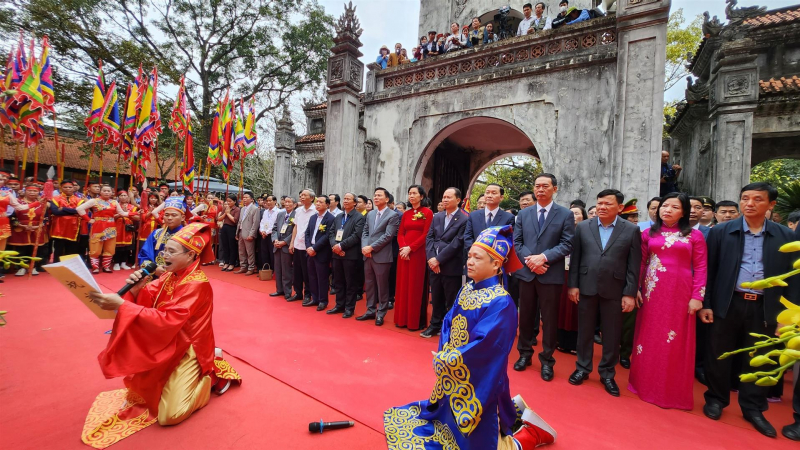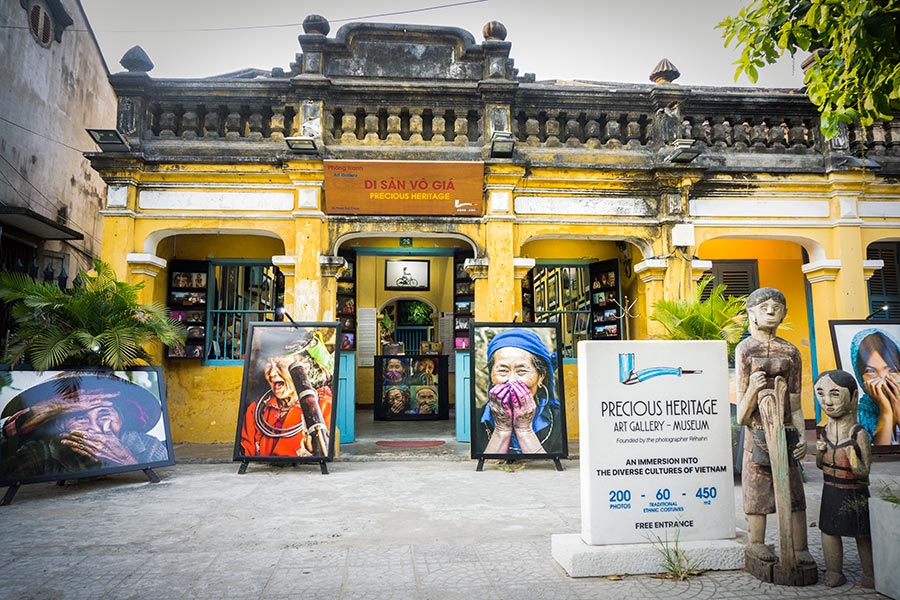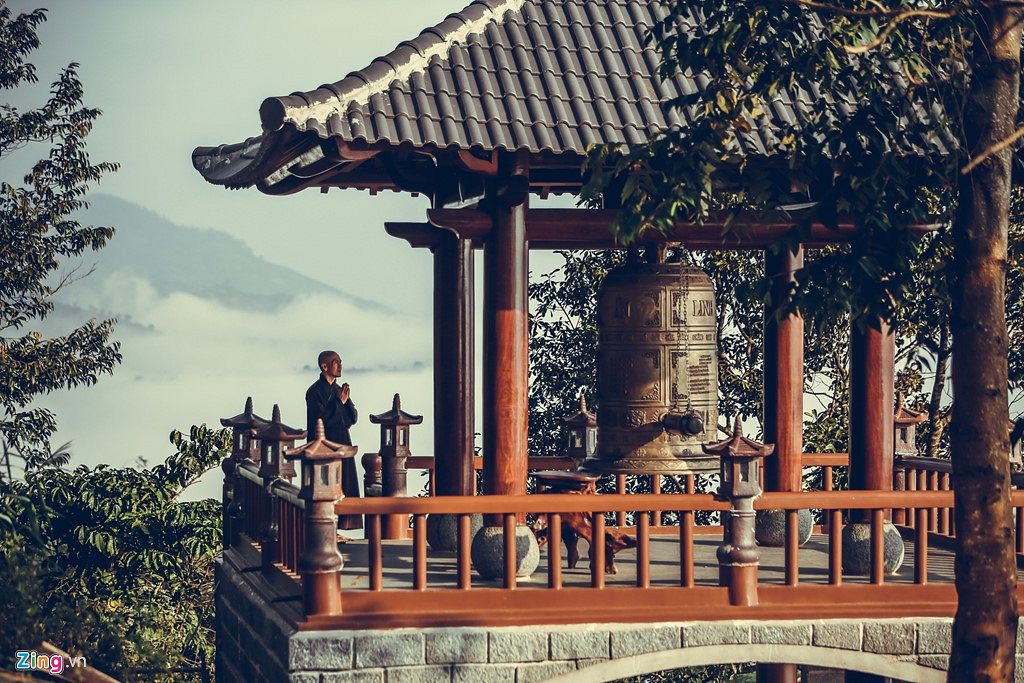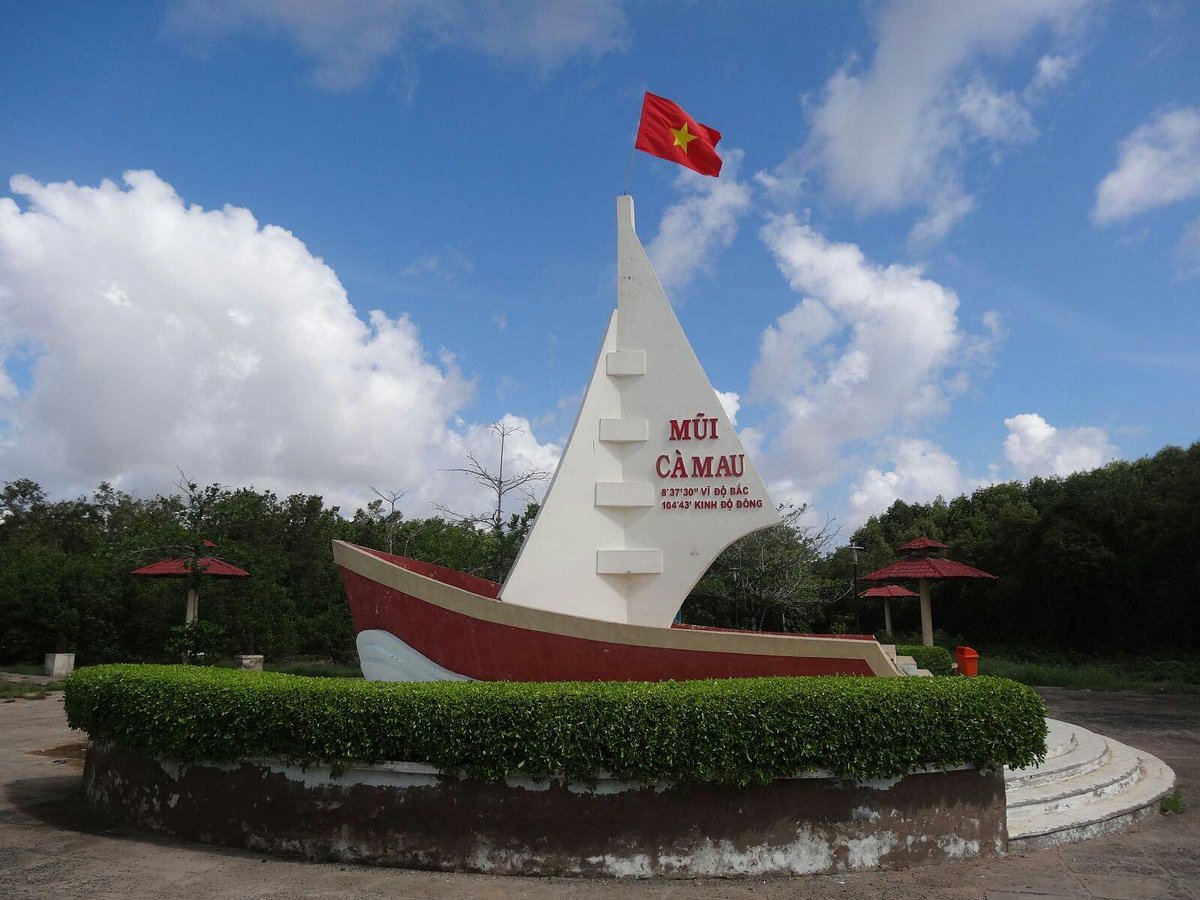(Photo: VnExpress)
With thousands of years of culture and history, Vietnam is currently a cultural tourist destination attracting a large number of tourists. The types of cultural tourism in our country develop very diversely with many outstanding destinations. Here is the information of the top 10 most famous cultural resorts in Vietnam!
1. Learn what is cultural tourism? Types of cultural tourism
Cultural tourism is simply understood as a form of tourism that involves learning and experiencing typical cultural products in a country or region of visitors during the trip.
The development of cultural tourism is associated with activities to preserve and promote local traditional cultural values, in order to attract and retain tourists.

Photo: Hanoi Times
Visitors will often be interested in exploring many cultural elements of the destination such as festivals, beliefs, customs, historical relics, architecture, art,... Therefore, the types of tourism belonging to the group of cultural tourism are relatively diverse, such as:
+ Festival tourism
+ Spiritual tourism
+ Food tourism
+ Heritage tourism
+ Museum tourism
2. Current situation of cultural tourism development in Vietnam
Vietnamese culture with a history of more than 4000 years is a premise for the strong development of cultural tourism. Our country has 54 brotherly peoples with different customs, lifestyles and beliefs,... is a rich, unique cultural resource imbued with Vietnamese identity.
Cultural tourism activities in Vietnam are organized based on regional characteristics and focus on development in a variety of types, such as:
Heritage tourism: Vietnam currently has 44,000 landscapes and historical relics, of which 3000 belong to the national level, 5000 belong to the provincial level and 8 world cultural heritages are recognized by UNESCO.
Museum tourism: Vietnam has 117 museums preserving, displaying historical artifacts that are testament to the country's thousands of years of development.
Festival tourism: according to statistics, Vietnam has up to 8,000 festivals, many of which belong to the national level. 90% of them are traditional festivals with a history of tens to hundreds of years, such as the Northwest Cultural Festival, Southern Land Festival, Central Highlands Gong Festival, Hue Festival,...
Art tourism: Vietnamese folk art is extremely unique folk songs such as quan ho, paddle, cai luong, ca tru ,...; musical pieces from gourd, flute, erhu, ,...; or water puppet art; Highland gong,...
Spiritual tourism: ancestor worship is one of the beliefs of Vietnamese people. In addition, religions in our country have also developed diversely with 90% being Buddhist, the rest being Christianity and Protestantism,...
Food tourism: Vietnamese cuisine is world famous for its diversity of flavors and countless famous delicacies such as banh mi, pho, Hanoi bun cha, Hue beef noodles, Quang noodles, Lang Vong nuggets,...
In general, in parallel with the development of cultural tourism in Vietnam, the preservation and promotion of traditional and original cultural values are increasingly highlighted. Profits from cultural tourism activities also contribute a significant source of funds to the preservation of cultural products bearing national brands.
3. Typical cultural tourist destinations in Vietnam
Over time, Vietnamese culture has also been integrated and intersected with many other cultures in the world but still retains its inherent identity.
Here are some suggestions for some outstanding cultural tourist destinations in Vietnam that you should spend time exploring.
3.1. Saigon cultural tourism
Following the flow of history, Saigon's culture has a bold Asian-European blend. Here, you will see many French-style architectural works such as Notre Dame Cathedral, City Post Office, Ben Thanh Market ,...; or Chinese architecture in Tianhou Temple, Wenling Assembly Hall,
Yi'an Assembly Hall,... There are also heroic historical relics of the nation such as Independence Palace, Nha Rong Wharf, Cu Chi Tunnels ,...
3.2. Hanoi cultural tourism
Coming to Hanoi, you can admire the ancient architecture and historical relics such as Hoan Kiem Lake, Opera House, Hanoi Old Quarter, Temple of Literature – Quoc Tu Giam, Tran Quoc Pagoda ,...; explore the National History Museum, Hanoi Museum, Museum of Ethnology,...; Watch traditional water puppet art performances,...
3.3. Southern cultural tourism area in Dong Thap
Phuong Nam cultural tourism area is located in Long Hung A commune, Lap Vo district, Dong Thap province. The project has an area of 17ha, including 5 main items: Nam Bo Museum, Dang Family Museum, Nam Phuong Linh Tu, Nam Phuong Linh Tu Tribe, and the surrounding lang school range symbolizing 5 continents.
The trip to explore Phuong Nam Cultural Tourism Area is an opportunity for visitors to understand more about daily life, material, spiritual culture as well as production methods,... of Southern villagers from the time of emergency, establishing hamlets.
3.4. Cultural tourism in Hue
The ancient capital of Hue is a tourist destination in Central Vietnam with a rich history and unique cultural space in Vietnam. The locality is home to 7 UNESCO World Heritage Sites, including both tangible and intangible heritage.
Among them must be mentioned the complex of Hue ancient capital relics, Hue court music, Nguyen dynasty woodblocks, Nguyen dynasty manuscripts, poetry on Hue court architecture,...

Poems at the corridor of the Purple Forbidden city (Photo: thuathienhue.gov.vn)
3.5. Outstanding cultural tourist landmarks – Ha Giang
Ha Giang is not only an area inhabited by ethnic minorities with unique and diverse life and customs, but also an outstanding cultural tourism destination with 3 national treasures; 29 national monuments and scenic spots; 30 provincial monuments and scenic spots; and 21 National Intangible Cultural Heritage,...

The Ba Trieu Temple Festival is held from the 22nd to 24th of the second lunar month (Photo: cand.com.vn)
3.6. Hoi An cultural tourism
The most famous cultural tourist destination in Hoi An is Hoi An Ancient Town – a UNESCO World Heritage Site. Once a busy international trading port in the sixteenth – seventeenth centuries, the culture of Hoi An Ancient Town has a mixture of Vietnamese identity and cultural imprints of many other countries in the world such as China, Japan, the Netherlands, Spain, ...
Coming to Hoi An, you should spend time visiting works such as Tan Ky Ancient House, Cau Pagoda, Chinese clubhouses, history museums,... to experience the bold cultural space that is still preserved intact today.

Front of the Precious Heritage Museum (Photo: Réhahn)
3.7. Cultural tourism in Da Lat
Dalat is a young city possessing a unique culture, with the intersection between traditional values and modernity integrated with the world. Cultural tourism in Da Lat is most developed in spirituality, heritage and culinary forms,...
Here, visitors can visit famous historical relics such as Da Lat Station, Bao Dai Palace, Lam Dong Provincial Museum ,...; spiritual works such as Linh Quy Dharma An Pagoda, Linh Phuoc Pagoda, Domaine de Marie Church, Truc Lam Monastery, Da Lat Church,...

Photo: Zing.vn
3.8. Cultural tourism in Lao Cai
Lao Cai is home to 25 ethnic groups with distinct cultures. Therefore, this land has a rich cultural identity, historical traditions, cuisine and traditional arts,... There is great potential for the development of cultural tourism.
The province currently has 53 recognized monuments, of which 31 are provincial and 22 are national; and more than 13,000 artifacts, relics and artifacts of profound historical value.

Photo: Vietnam.vn
3.9. Cultural tourism in Ninh Binh
Once the capital of 3 dynasties of Dinh – Tien Le – Ly, Ninh Binh is known as a land of human spirits with a long history and culture. Therefore, culture is an important tourism resource that the province always focuses on exploiting for development.
The whole province of Ninh Binh currently has more than 1800 relics with key cultural tourism projects put into service for visitors such as Hoa Lu Ancient Capital, Trang An, Bai Dinh Pagoda, Tam Coc – Bich Dong, King Le Dai Hanh Temple, Phat Diem Stone Church,...

Phat Diem Stone Church (Photo: Collected)
3.10. Mui Ca Mau Cultural and Tourist Park
Mui Ca Mau Cultural and Tourist Park, belonging to Mui Ca Mau World Biosphere Reserve, is located in Mui Hamlet, Dat Mui Commune, Ngoc Hien District, Ca Mau Province with a total area of 159.7ha, 120km from Ca Mau city center.

Photo: Tripadvisor
Surely the above information has helped you understand more about what cultural tourism is. Plan to visit prominent cultural destinations in Vietnam to learn and experience for yourself the unique characteristics of the culture in each locality.
Source: vinwonders.com